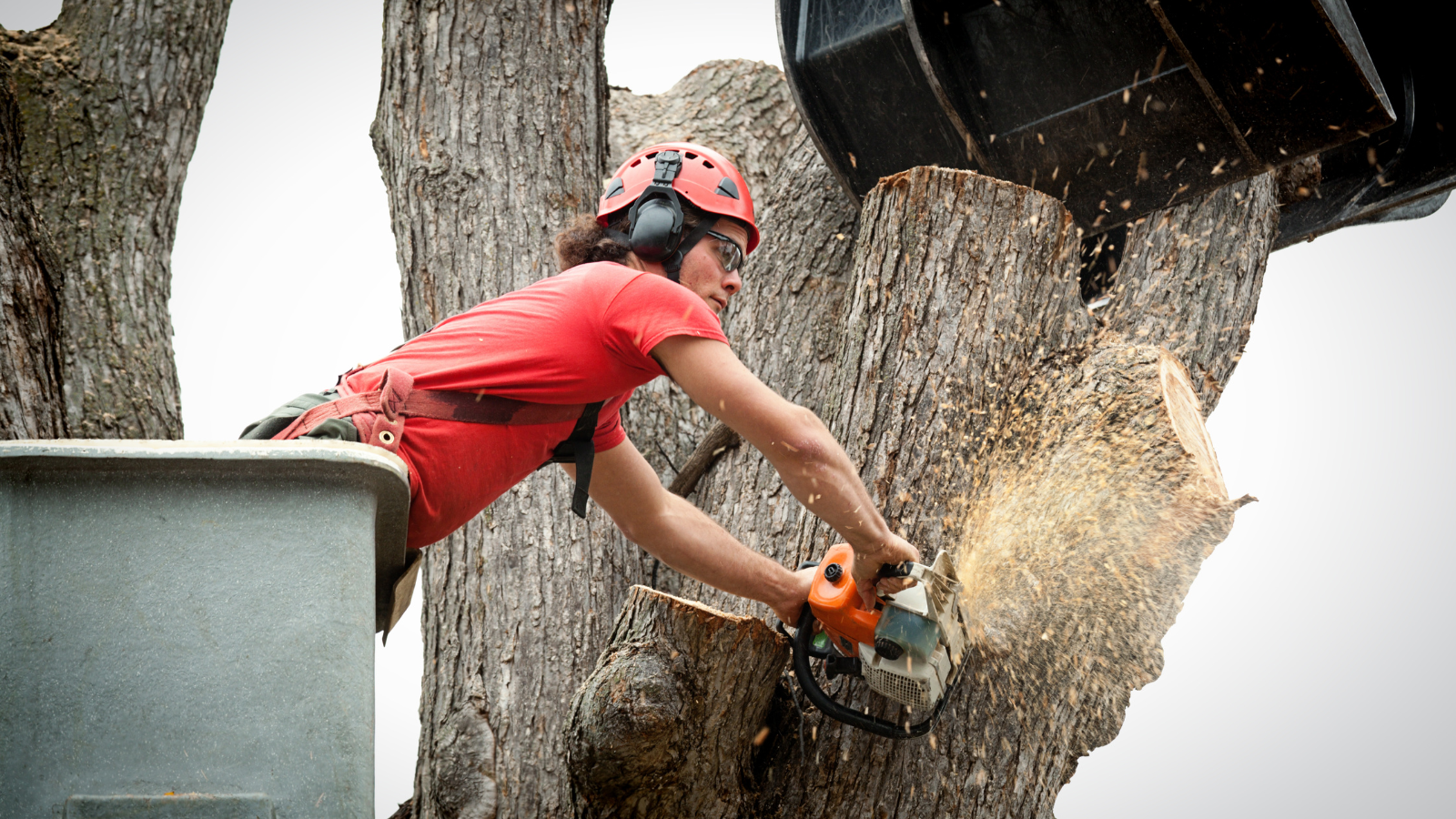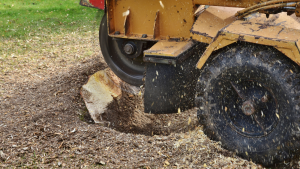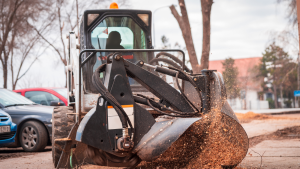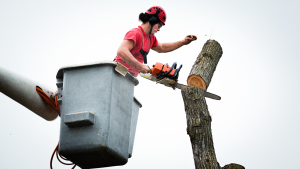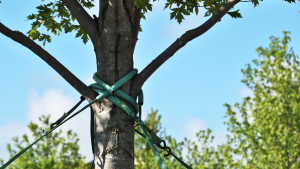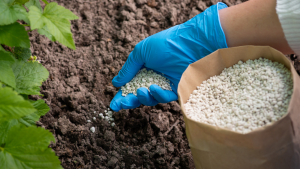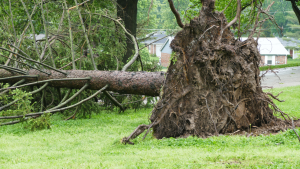Removing a large tree from your property might seem like a manageable DIY project, but it’s fraught with risks. Attempting to tackle such a task without professional help can lead to serious safety hazards and potential property damage. Prior to grabbing your chainsaw and beginning to chop, it’s essential to understand the complexities involved in removing a large tree.
Visit https://treeservicejoliet.com/ for more details.
How to Determine That It’s Time to Remove a Tree
Before considering removal, assess whether the tree really needs to go. Common signs that a tree should be removed include:
Dead or Dying: A tree with no leaves or bark, or one that shows signs of decay or disease, is a candidate for removal.
Structural Damage: Cracks, splits, or leaning in the trunk can indicate structural issues that make the tree unsafe.
Overgrowth: If a tree grows too close to buildings, power lines, or other structures, it might have to be taken down to stop further harm.
How to Cut Down a Potentially Dangerous Tree
If you’ve determined that a tree needs to be removed and you’re committed to doing it yourself, follow these steps:
- Evaluate the Tree: Look for hazards such as power lines or structures that the tree might fall on. Plan your cut direction accordingly.
- Prepare Your Tools: Ensure you have a sharp chainsaw, protective gear, and possibly a ladder if needed.
- Make a Notch Cut: Start with The tree should have a notch on its side facing the direction you want it to fall. This cut should be about one-third of the tree’s diameter.
- Back Cut: Make a back cut slightly above the bottom of the notch on the opposite side.The tree will fall in the direction indicated by this of the notch.
- Clear the Area: Ensure everyone is at a safe distance before the tree begins to fall.
Big Dead Tree Removal
Removing a dead tree is particularly challenging because the wood is often brittle and can break unpredictably. The process is similar to removing a live tree but requires extra caution. Ensure you’re aware of how the tree’s condition might affect the removal process and take appropriate precautions.
Don’t Forget the Stump: How to Remove Tree Stumps
After removing the tree, the stump will still be left behind. There are several methods to remove it:
Manual Removal: Digging out the stump by hand can be labor-intensive and time-consuming.
Stump Grinder: Renting a stump grinder can make the job easier and more efficient.
Chemical Removal: Chemicals can be used to expedite the decomposition of the stump, but may take several weeks.
Tree Removal Safety Precautions
Safety should always be your top priority. Follow these precautions to minimize risk:
Wear Protective Gear: Use a hard hat, gloves, goggles, and ear protection.
Check for Hazards: Look for overhead power lines or nearby structures.
Never Work Alone: Always have an assisting someone close by in case of an emergency.
Know Your Limits: If the job seems too dangerous or beyond your skill level, it’s better to seek professional help.
When is It Safe to Cut Down a Tree Myself?
Consider DIY tree removal only if
The Tree is Small to Medium: Larger trees, due to their weight and complexity, are best handled by professionals.
The Area is Clear: There are no nearby structures or hazards that could be damaged.
You Have Experience: If you’re familiar with tree-cutting techniques and safety practices.
DIY Tree Removal vs. Hiring a Professional
While DIY tree removal might save you money, the risks often outweigh the benefits. Professionals have the expertise, tools, and safety measures to handle large tree removals efficiently. They also ensure proper disposal of the tree and stump, which can be challenging for DIYers.
Hire a Certified Professional Arborist in Joliet Tree Service for Your Big Tree Removal Services
For a hassle-free and secure tree removal procedure, consider hiring a certified professional arborist from Joliet, Illinois, Tree. Their team of experts can handle large tree removals with precision, ensuring your property remains undamaged and safe. They also offer comprehensive services, including stump grinding and tree care, making them a one-stop solution for all your tree-related needs.
Conclusion
Removing a large tree is not a task to be taken lightly. While the idea of DIY removal might seem appealing, the potential dangers and complications often make it a job better suited for professionals. By identifying the telltale indicators of a tree needs removal, understanding the proper techniques, and following safety precautions, you can make an informed decision. For peace of mind and expert care, hiring a certified professional arborist from Joliet, Illinois, Tree is the best choice for ensuring a successful and safe tree removal process.
